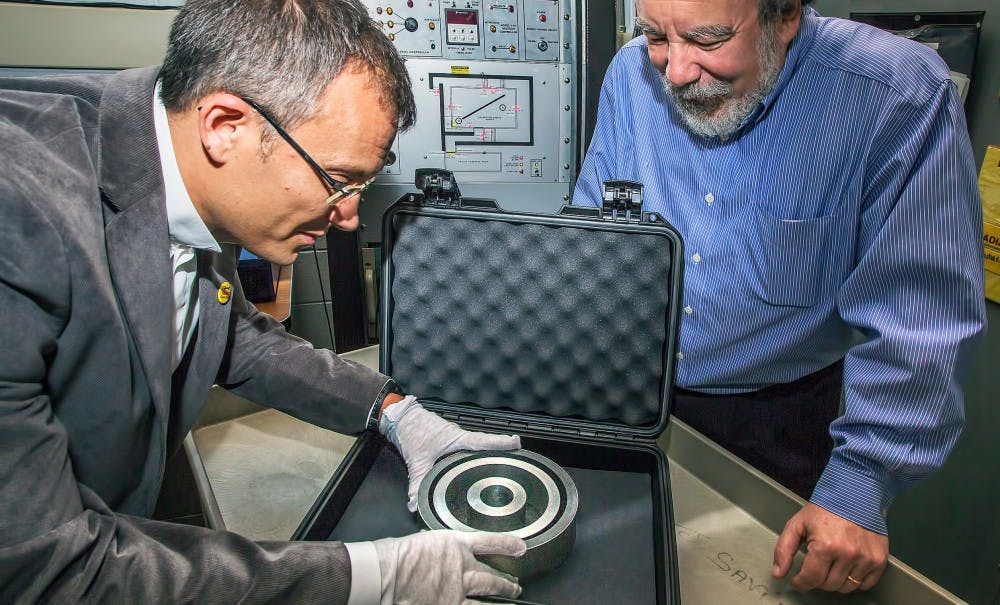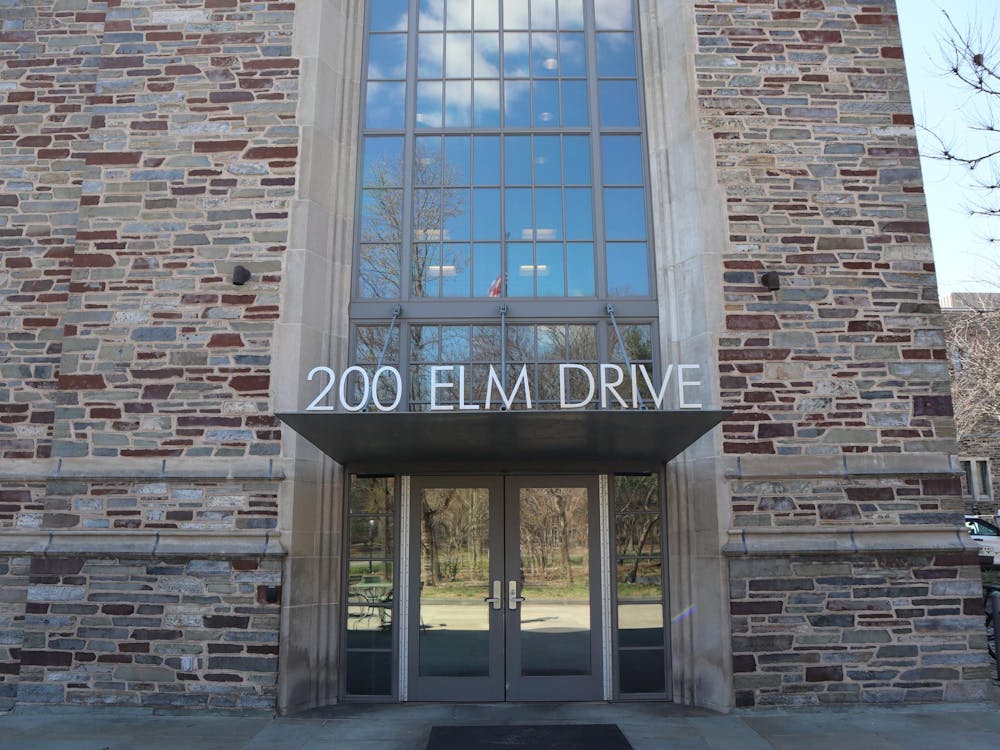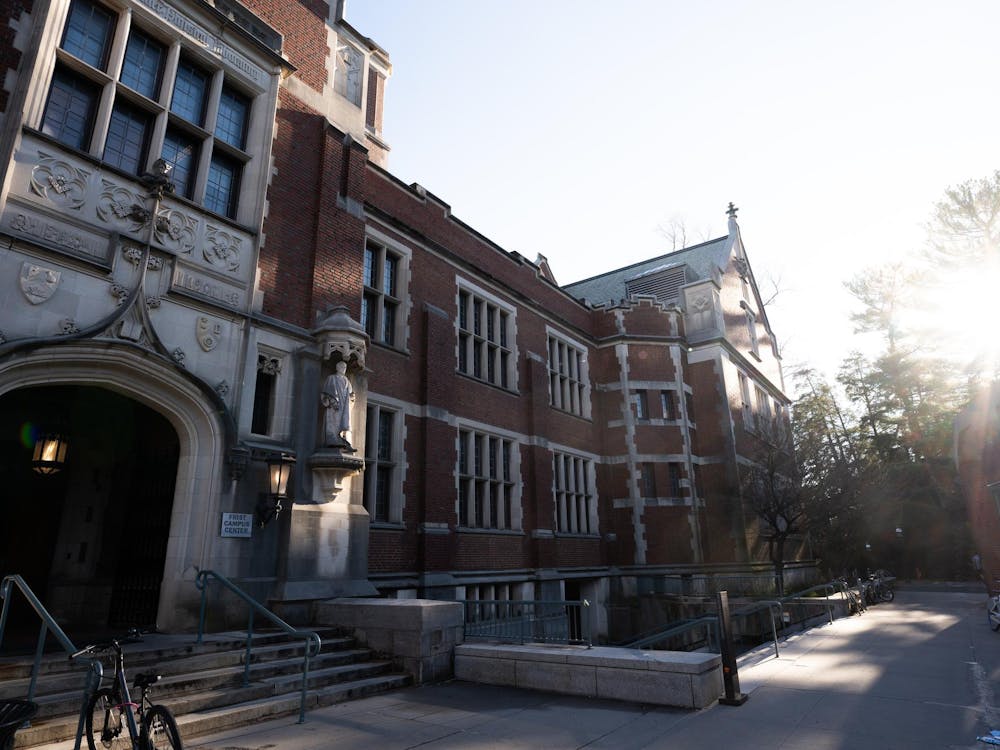The University and the Princeton Plasma Physics Laboratory will be pursuing nuclear research under a five-year, $3.5 million grant as part of the Center for Verification Technology.They will use the grant to continue developing a protocol for testing whether a warhead has nuclear content.
The Center is a consortium of 13 universities and eight laboratories funded by the National Nuclear Security Administration.The group investigates both the technological and policy dimensions of nuclear disarmament, and includes a strong educational component, Alexander Glaser,assistant professor in the department of mechanical and aerospace engineering and in the Wilson School, said.
“One of the best things about it is that Princeton is very strong in having both scientific and technical capability along with the Woodrow Wilson School,” Vice President of the PPPL A.J. Stewart Smith said. He added that he is very excited about the potential of the new development.
Top researchers in the field of nuclear treaty verification were chosen for the project, Consortium Director andAssociate Professor of Nuclear Engineering and Radiological Sciences at the University of Michigan Sara Pozzi said in an email. She added that the consortium will contribute new technologies that are informed by a deep understanding of policy issues.
Verifying a country’s nuclear disarmament, including the dismantlement of nuclear warheads, is a difficult task because it involves highly classified information that must not be revealed in the process, Glaser said. He explained that current inspection systems designed to authenticate nuclear warheads acquire highly classified design information through a radiation measurement, producing a “nuclear fingerprint” of the device. The legitimacy of this fingerprint is ascertained by comparing it to the fingerprint of a reference item.
“The problem is that you still measure classified information,” he said.
Glaser said the Princeton team was inspired by the concept of a no-knowledge proof, which shows that a statement is true without revealing why. He began developing a “zero-knowledge” verification technique with astrophysical sciences professor Robert Goldston GS ’77 a few years ago to provide a means of testing a warhead’s nuclear content without having to measure classified information.
In the zero-knowledge technique, the inspector beams high-energy neutrons at a target warhead and records how many neutrons pass through it. This value isautomatically added to the number of neutrons ofa preloaded detector so that the total count adds up to a previously agreed-upon number. The host, or the country whose nuclear weapons are being checked,can determine the correct preload before the experiment.
The same process is conducted with a known, authentic or “golden” warhead, and the total number of neutrons that pass through it are alsoautomaticallyadded to the preloaded value in the detector.
If the final tallies of both detectors are equal, the warhead is confirmed as authentic. If not, the warhead is deemed a spoof and indicates that the country providing the warhead was trying to fool inspectors and may not have actually reduced its nuclear weapon count. In any case, the inspector does not need to know the actual number of neutrons that passed through a golden warhead.
To prevent host nations from preloading a false value, detectors are assigned after they have been preloaded.Also, Glaser explained, if the host decides to cheat, it risks leaking information in the process.

The Princeton team was able to run computer simulations of the process using a $162,500 contribution from Global Zero, a nonprofit organization that works to eliminate nuclear weapons, according to the University website.
“That was very important to actually get something going,” Glaser said of Global Zero’s seed donation. Through its recent invitation to the consortium, the Princeton team will be able to acquire actual equipment, conduct experiments and involve additional student researchers and postdoctoral candidates in the project. Nonnuclear test objects will be used for the experiments.
Although the team itself will presumably not fully demonstrate the technology, Glaser said, it hopes that government laboratories in the United States or abroad will use some of their ideas to test the concept on real systems.
“You really want to have joint development, say, between the U.S. and Russia or maybe between the U.S. and China, so that both parties are confident that they understand how the system works, and that there are no back doors involved,” Glaser said.









